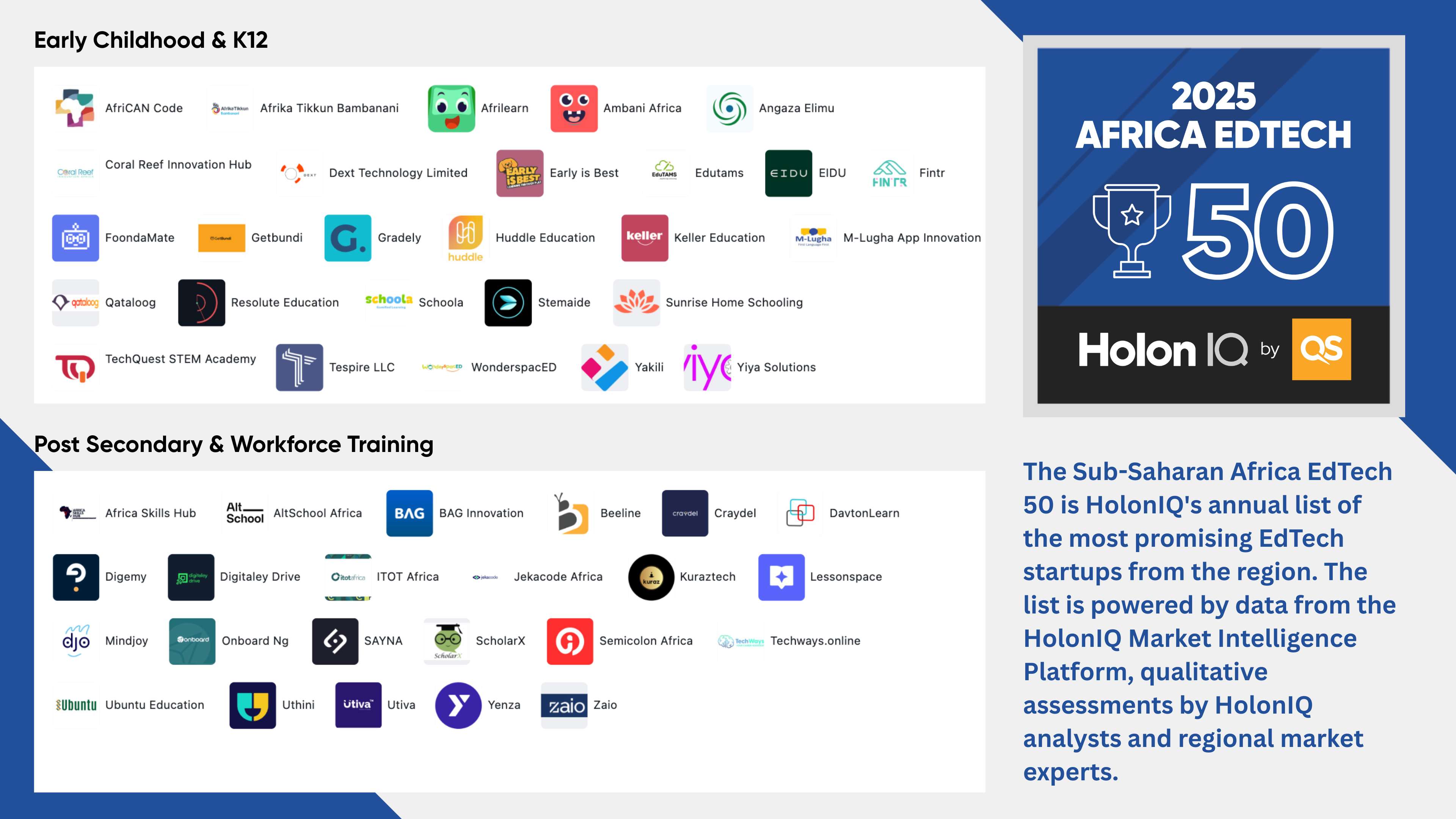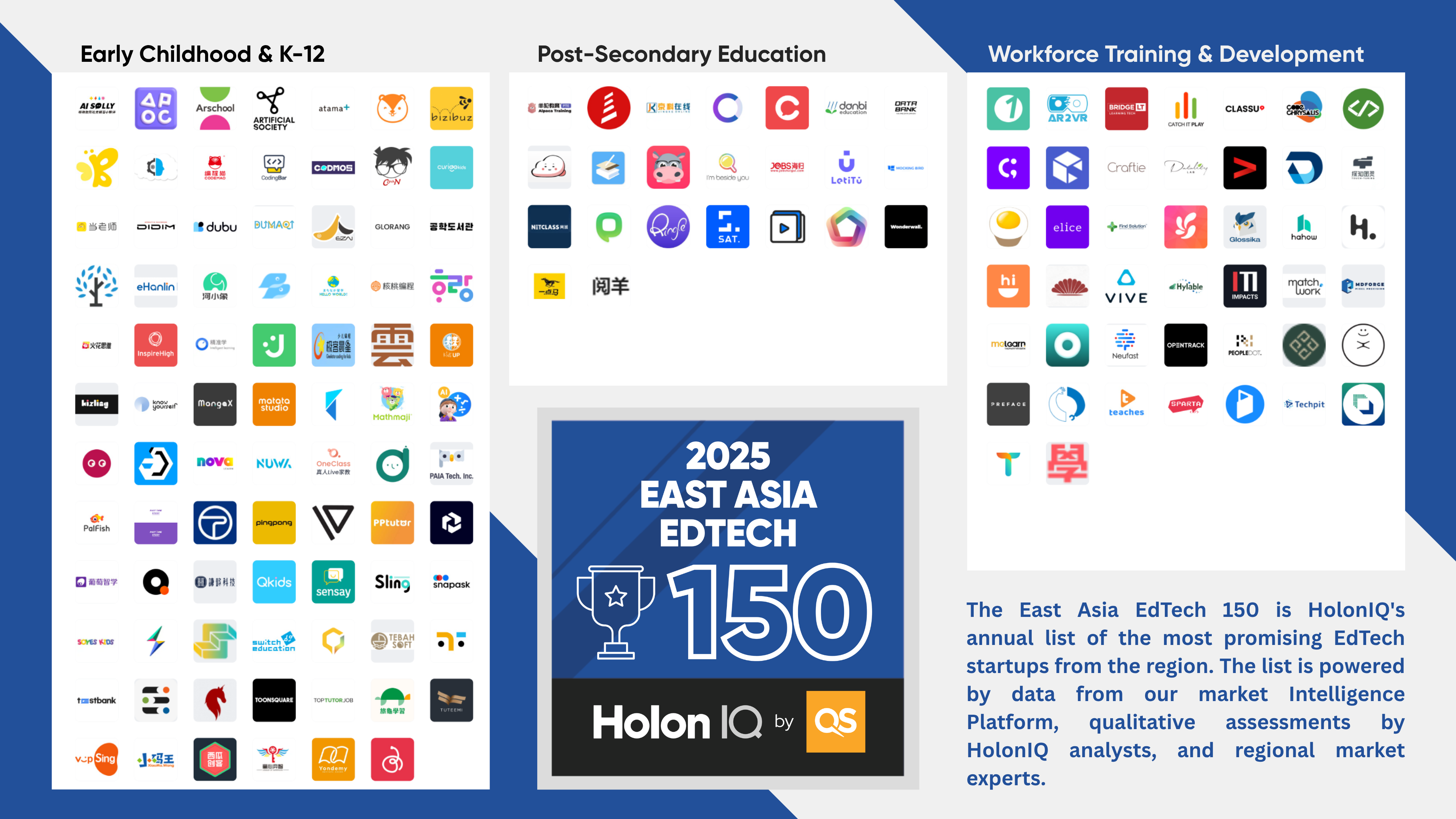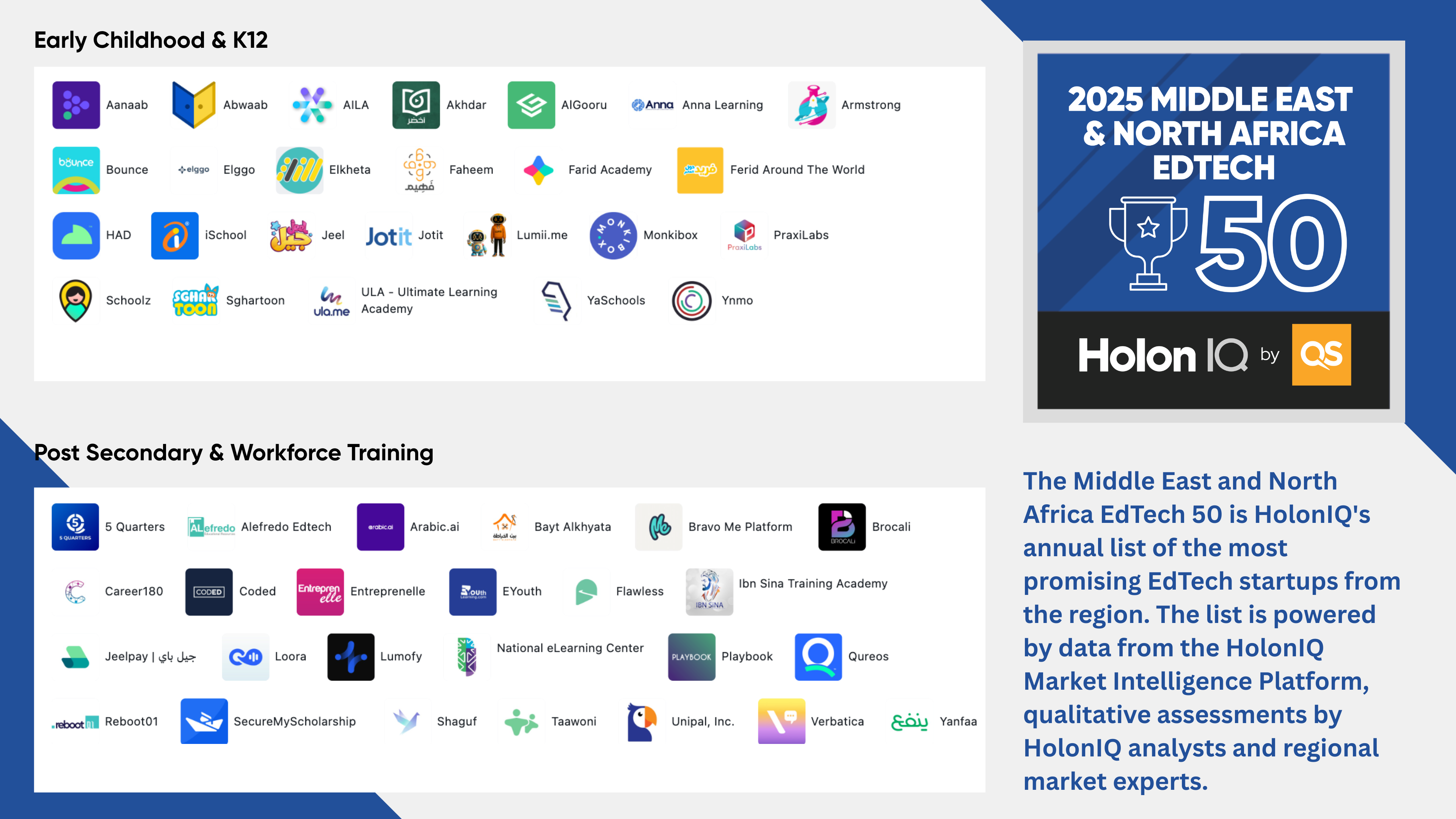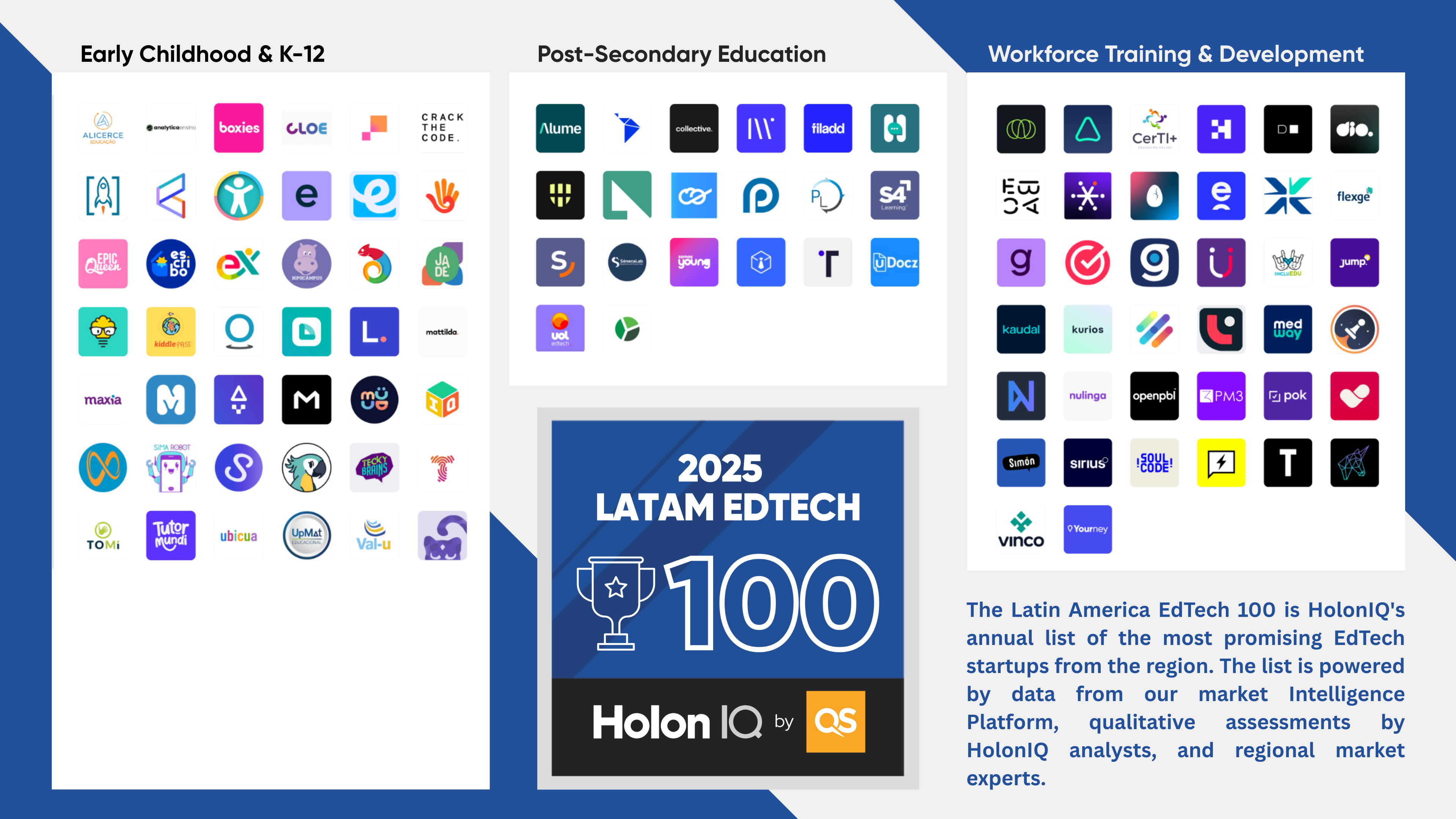We've pulled together 10 of our most popular charts from 2020 to help explain the changing global education market. These charts visualize some of the challenges and opportunities we face as the world embarks on a new decade.
1. Two Billion more learners.
There will be 2 billion more learners in the world by 2050. To what extent will traditional models of education be able to service these needs at the speed and at the scale required?

2. Disruption Expected.
Even before the impact of COVID-19 became apparent, most education leaders expected disruption to their part of the sector within two years. Over half marked the current conditions for global education moderately or substantially worse than six months ago, a figure which has jumped from 24% in Sept 2019 and 20% one year ago.

3. Education Market Size.
Driven by Higher Education tuition deflation, combined with faster/cheaper credible alternatives and digitization driving a lower administrative cost base across all sectors, HolonIQ has revised our Global Education and Training market size, downgrading total spending by ~$500B in 2025 compared with HolonIQ’s Pre-COVID outlook. We now expect the global education and training market to reach $7.3T in total expenditure by 2025 (all products and services and including digital).

4. VC Investment.
Venture Capital has been fuelling global growth in EdTech and 2020 will likely see more than $10B back the sector. The first three quarters have already seen a record $8.3B of VC investment. China retains the lead, and perhaps momentarily thanks to ByJu’s, India takes second place ahead of the US. These three markets alone make up 90% of total global EdTech investment.

5. EdTech is Accelerating.
EdTech is growing at 16.3% and will grow 2.5x from 2019 to 2025, reaching $404B in total global expenditure. Even at this level, EdTech and digital expenditure will only make up 5.2% of the $7.3T global education market in 2025.














.png)







